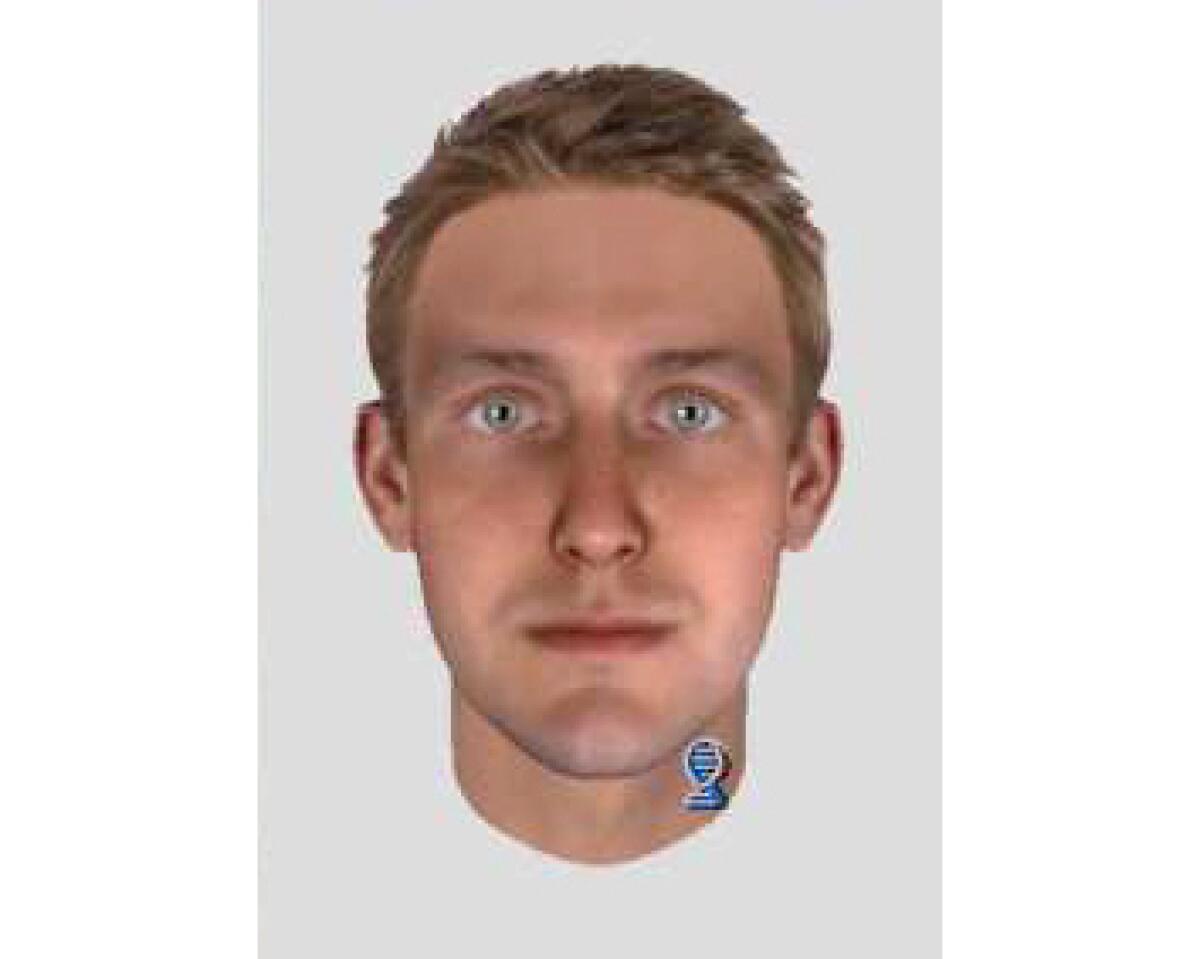Mutilated body found in Alabama in 1997 identified through ‘genetic genealogy’ as California man

- Share via
Decades after a mutilated body was found in a wooded area in northern Alabama, officials have identified the cold-case victim as a California man through intensive DNA technology and genetic genealogy.
The body, found April 15, 1997, in Union Grove, Ala., was discovered along a creek, with its head, feet and hands removed, as well as other parts of the body mutilated, apparently in an attempt to make forensic identification more difficult, according to a news release this week from Alabama’s Marshall County Sheriff’s Office.
The gruesome efforts by the man’s killer or killers appeared to work; for years, sheriff’s investigators’ attempts to identify the man remained unsuccessful.
But in 2019, officials teamed up with a DNA technology company that was slowly able to make progress in the case, first improving and clarifying the DNA samples from the body and then comparing that profile with others in genetic databases — eventually leading the team to identify the man as 20-year-old Jeffrey Douglas Kimzey of Santa Barbara.
Police and prosecutors are determined to access DNA information from private, consumer sites. They say the data is invaluable, but privacy advocates say the practice is ripe for abuses.
“That led us to the parents in Santa Barbara,” said Willie Orr, Marshall County Sheriff’s Office’s chief deputy, noting that investigators were able to confirm the finding through DNA tests. “They had no idea where he was.”
Orr said the family didn’t know Kimzey had died. The Times was not immediately able to reach any members of Kimzey’s family.
In recent years, law enforcement agencies have increasingly utilized DNA evidence from genetic databases to aid criminal investigations, a tactic that some critics say is an under-regulated technique that could be an invasion of privacy, but that others have heralded for finding elusive suspects, including the Golden State Killer in 2018.
Scientists with Parabon NanoLabs, a DNA technology company based in Virginia, were able to overcome the DNA degradation and bacterial contamination that occurred over the last 26 years to create a genetic profile for Kimzey, similar to what’s used in a genetic testing database, such as 23andMe, said CeCe Moore, Parabon NanoLab’s chief genetic genealogist. She said the next step is to test a type of genetic markers, or single-nucleotide polymorphisms, known as SNPs, to look for possible relatives in available databases.
“With genetic genealogy and SNP testing, we can find second, third, fourth cousins and beyond, and we can use that information to reverse engineer someone’s identity,” Moore said.
For years civil libertarians hoped to end California’s practice of taking DNA from people arrested on suspicion of a felony and storing that genetic information in an offender database — regardless of whether the suspects were later acquitted or had their charges dropped.
However, their comparisons are limited to the profiles available in two of the smaller genetic databases — Family Tree DNA and GEDmatch — which allow access for law enforcement investigations, Moore said, unlike some of the bigger companies, such as 23andMe or Ancestry.com that restrict data sharing.
From the available databases, Parabon’s team was able to identify a few distant relatives to the body’s DNA, but because they weren’t strong matches, it took months to zero in on the identity, Moore said. The team also used DNA phenotyping to try to depict the victim’s physical characteristics, which local officials at the time released to the public. But Orr said the illustration didn’t produce any leads.
“It can take a very long time,” Moore said. “It’s completely dependent on who has uploaded their DNA into those databases.”
After finding additional relatives and comparing that with historical documents, the team was able to determine the identity of the body with “high confidence,” said Moore, who shared the findings with the Marshall County Sheriff’s Office. Deputies were then able to locate a Kimzey family member in Tennessee, Orr said, who led the investigators to Kimzey’s parents in Santa Barbara, where the identity was confirmed.
Orr said it wasn’t clear why Kimzey was in northern Alabama at the time of his death in 1997, but said investigators believe he was probably passing through. The death has been ruled a homicide.
Police and prosecutors are determined to access DNA information from private, consumer sites. They say the data is invaluable, but privacy advocates say the practice is ripe for abuses.
Orr declined to answer further questions about the circumstances of the case, but said it was “still progressing,” with more DNA evidence from the scene being examined by Parabon.
“We want to announce we do have persons of interest involved in this case and are actively pursuing those leads,” sheriff’s officials said in the news release.
More to Read
Sign up for Essential California
The most important California stories and recommendations in your inbox every morning.
You may occasionally receive promotional content from the Los Angeles Times.













